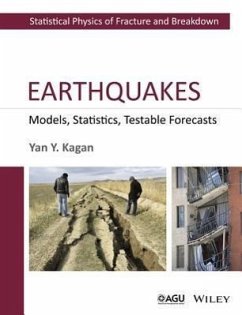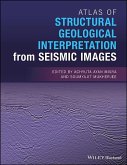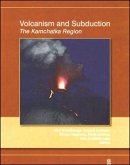The proposed book is the first comprehensive and methodologically rigorous analysis of earthquake occurrence. Models based on the theory of the stochastic multidimensional point processes are employed to approximate the earthquake occurrence pattern and evaluate its parameters. The Author shows that most of these parameters have universal values. These results help explain the classical earthquake distributions: Omori's law and the Gutenberg-Richter relation. The Author derives a new negative-binomial distribution for earthquake numbers, instead of the Poisson distribution, and then determines a fractal correlation dimension for spatial distributions of earthquake hypocenters. The book also investigates the disorientation of earthquake focal mechanisms and shows that it follows the rotational Cauchy distribution. These statistical and mathematical advances make it possible to produce quantitative forecasts of earthquake occurrence. In these forecasts earthquake rate in time, space, and focal mechanism orientation is evaluated.
Hinweis: Dieser Artikel kann nur an eine deutsche Lieferadresse ausgeliefert werden.
Hinweis: Dieser Artikel kann nur an eine deutsche Lieferadresse ausgeliefert werden.








